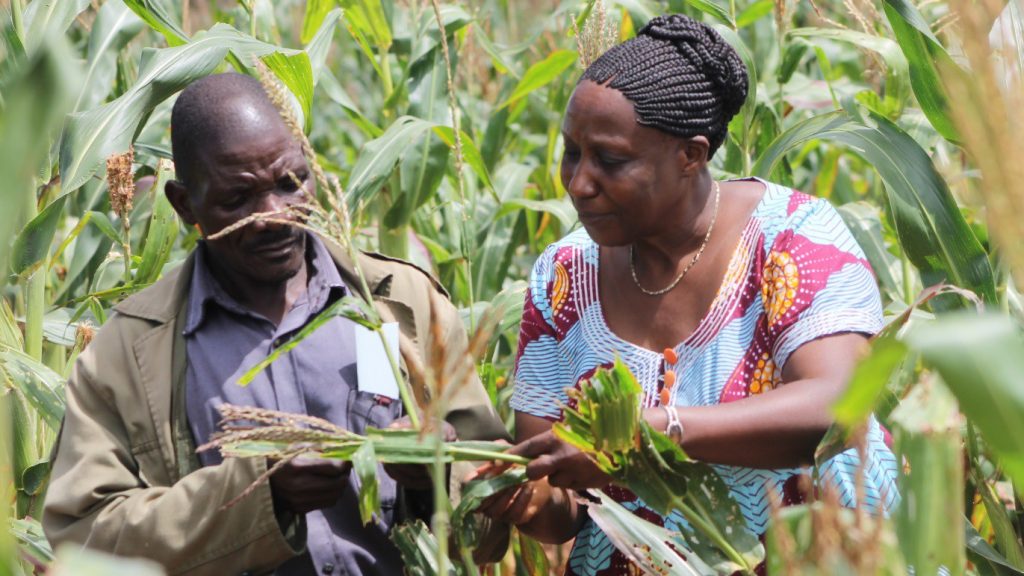
Smallholder farmers provide the vast majority of the world’s food supply, and ‘small-scale farming’ is the largest occupation group of economically active people, 43% of which are women.
Approximately 2 billion of the world’s poorest live in households that depend on agriculture in some form for their livelihoods, whether this is for market or subsistence. The Food and Agriculture Organization (FAO) states that growth in agriculture in developing countries is on average almost 3 times more effective in reducing poverty (relative to non-agriculture GDP growth).
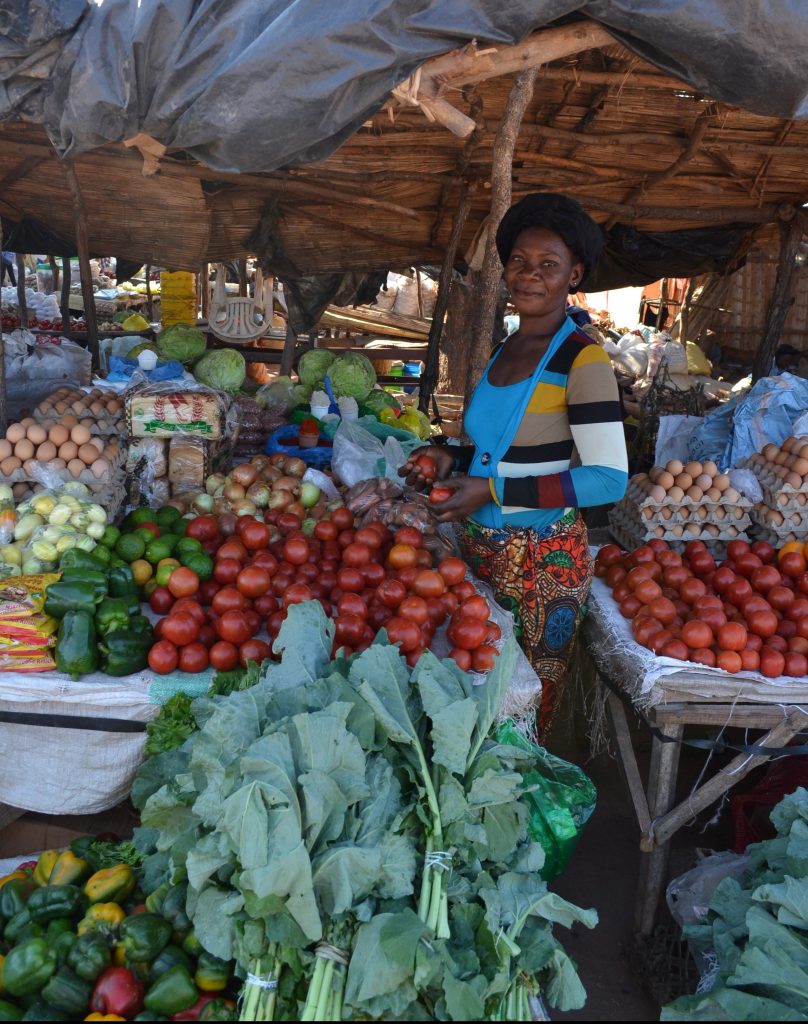
In light of SDG 2, to end hunger, achieve food security and improved nutrition and promote sustainable agriculture, this is an important statement. According to the FAO, “meeting the goals of eradicating hunger and poverty by 2030, while addressing the threat of climate change, will require a profound transformation of food and agriculture systems worldwide.” It is fundamental to invest and support small-scale sustainable agriculture.
Plantwise helps smallholder farmers to invest in themselves by providing them with the key knowledge and skills they need to lose less and feed more. Plant clinics are a proven way of increasing farmer yields and empowering communities from within. Ensuring farmers are well-equipped against the threat of pests and diseases to their crop improves food security.
Farmers who use our plant clinics are more productive. In 2017, maize farmers in Rwanda who used plant clinics saw an increase across yield (27%), net income (29%). Whilst costs also went up by 14%, the increase in income from increased yield more than compensated for these costs, giving an increase in net income of 29%.
The same was also found for tomato farmers in Malawi whose yield went up by 20%, net income by 21%, again alongside an increase in total costs by 14%. These farmers made use of their local plant clinic and compared to those that didn’t, were able to put their skills and knowledge into positive change for themselves.
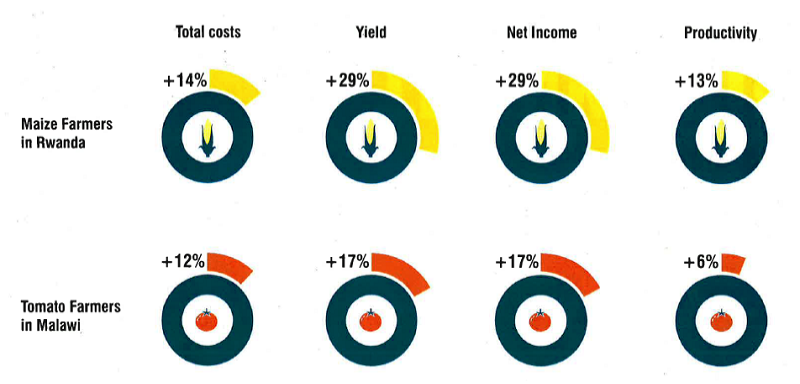
With Africa’s population set to double by 2050, new jobs will be needed for the more than 600 million working adults who will then be entering the labour market. Growth in agriculture is key for job creation for unskilled labour as well as for employment generation in agricultural equipment, inputs, processing, and retail. If we invest in agricultural development then that should feed a projected 9.7 billion people by 2050.
With the dangers of climate change potentially cutting crop yields, particularly in the world’s most food-insecure regions, continuing to share knowledge to those that need it most is vital.
9 Comments
Leave a Reply
Related News & Blogs
How plant clinics are strengthening crop health services in Bangladesh
When the first-ever plant clinic in Bangladesh opened in Dhaka in 2013, it initially faced a lack of interest due to its novelty and limited awareness among farmers. However, it went on to expand, providing advice to over 17,000 farmers and led to the…
2 July 2025

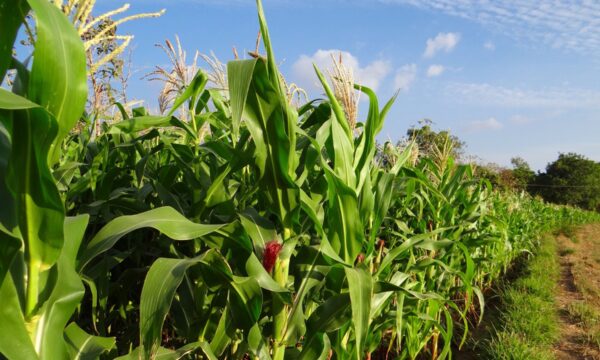
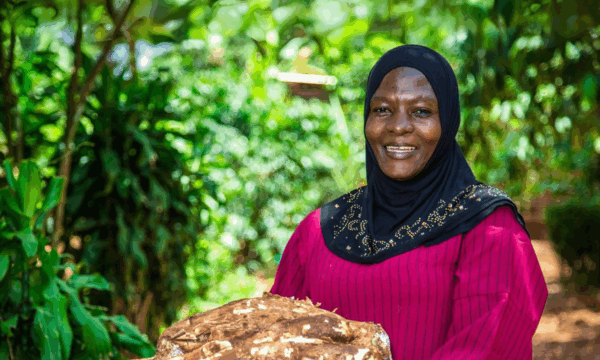
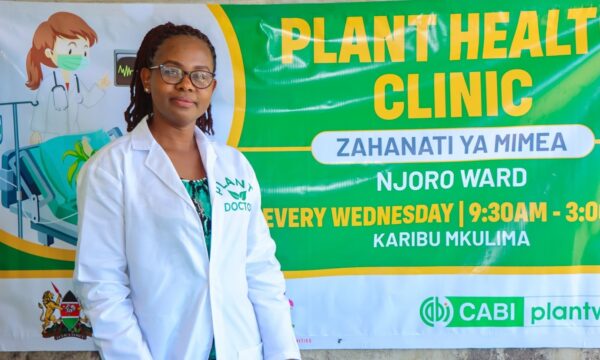
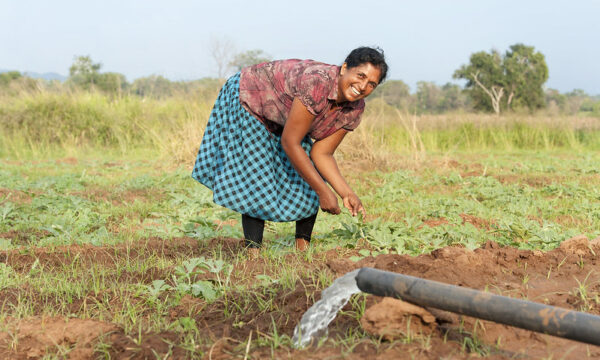
[…] Investing in smallholder farmers for a food-secure future […]
[…] Plant parasitic nematodes mostly infect roots but can infect tubers, stems and leaves. They either enter the plant tissue and feed from within, or feed from the outside using a modified tooth to pierce cells and suck out the contents for nourishment. The feeding action results in physical damage to the tissue through necrosis, stunting roots or distorting tissue. They also create entry points for fungal and bacterial pathogens, resulting in increases in overall root rot damage. Some nematodes even transmit plant pathogenic viruses, while others disrupt tissue growth affecting root and tissue functionality and additionally leading to physical disfigurement that affect marketability of root and tuber crops. All in all, they cause serious damage to many crops and add to the problem of food security worldwide, especially for “approximately 2 billion of the world’s poorest [who] live in households that depend on agri… […]
[…] Plant parasitic nematodes mostly infect roots but can infect tubers, stems and leaves. They either enter the plant tissue and feed from within, or feed from the outside using a modified tooth to pierce cells and suck out the contents for nourishment. The feeding action results in physical damage to the tissue through necrosis, stunting roots or distorting tissue. They also create entry points for fungal and bacterial pathogens, resulting in increases in overall root rot damage. Some nematodes even transmit plant pathogenic viruses, while others disrupt tissue growth affecting root and tissue functionality and additionally leading to physical disfigurement that affect marketability of root and tuber crops. All in all, they cause serious damage to many crops and add to the problem of food security worldwide, especially for “approximately 2 billion of the world’s poorest [who] live in households that depend on agricult… […]
[…] Plant parasitic nematodes mostly infect roots but can infect tubers, stems and leaves. They either enter the plant tissue and feed from within, or feed from the outside using a modified tooth to pierce cells and suck out the contents for nourishment. The feeding action results in physical damage to the tissue through necrosis, stunting roots or distorting tissue. They also create entry points for fungal and bacterial pathogens, resulting in increases in overall root rot damage. Some nematodes even transmit plant pathogenic viruses, while others disrupt tissue growth affecting root and tissue functionality and additionally leading to physical disfigurement that affect marketability of root and tuber crops. All in all, they cause serious damage to many crops and add to the problem of food security worldwide, especially for “approximately 2 billion of the world’s poorest [who] live in households that depend on agricult… […]
[…] Since the first clinic in 2013, there are now 110 active plant clinics in Malawi with 250 trained plant doctors giving advice across the country. An on-farm study carried out by Plantwise in Malawi showed that in 2017 tomato farmers who used plant clinics saw a 20% increase in yield and 21% increase on household income. […]
[…] Plant parasitic nematodes mostly infect roots but can infect tubers, stems and leaves. They either enter the plant tissue and feed from within, or feed from the outside using a modified tooth to pierce cells and suck out the contents for nourishment. The feeding action results in physical damage to the tissue through necrosis, stunting roots or distorting tissue. They also create entry points for fungal and bacterial pathogens, resulting in increases in overall root rot damage. Some nematodes even transmit plant pathogenic viruses, while others disrupt tissue growth affecting root and tissue functionality and additionally leading to physical disfigurement that affect marketability of root and tuber crops. All in all, they cause serious damage to many crops and add to the problem of food security worldwide, especially for “approximately 2 billion of the world’s poorest [who] live in households that depend on agricult… […]
[…] Plant parasitic nematodes mostly infect roots but can infect tubers, stems and leaves. They either enter the plant tissue and feed from within, or feed from the outside using a modified tooth to pierce cells and suck out the contents for nourishment. The feeding action results in physical damage to the tissue through necrosis, stunting roots or distorting tissue. They also create entry points for fungal and bacterial pathogens, resulting in increases in overall root rot damage. Some nematodes even transmit plant pathogenic viruses, while others disrupt tissue growth affecting root and tissue functionality and additionally leading to physical disfigurement that affect marketability of root and tuber crops. All in all, they cause serious damage to many crops and add to the problem of food security worldwide, especially for “approximately 2 billion of the world’s poorest [who] live in households that depend on agricult… […]
[…] of this population growth is expected to take place in developing countries where most households dependent on agriculture in some form whether market or subsistence. It is therefore crucial to do as much as possible to […]
[…] this population growth is expected to take place in developing countries where most households are dependent on agriculture in some form whether for market or subsistence. It is therefore crucial to do as much as possible […]